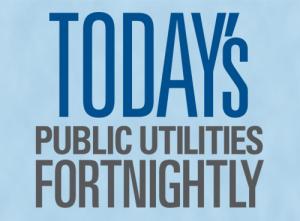Americans' monthly electric bills averaged $121.83.

Friday afternoon's data from the latest Consumer Expenditure Survey also shows they were 1.9 percent of income before taxes. And 2.4 percent of expenditures on goods and services.
Midwesterners' electric bills averaged $107.92. Westerners averaged $109.25. Northeasterners averaged $111.42. (The national average is higher because of higher bills in the South.)
This semi-annual survey is extremely accurate since it has over ten thousand households completing diaries of their spending and answering questionnaires, and the Bureau of Labor Statistics checks bills. The latest survey was for the twelve months through June 2018.
This is the seventh time the Bureau has done the semi-annual survey through mid-year.
The first time, for the twelve months through June 2012, Americans' electric bills averaged $116.58, 2.2 percent of income before taxes and 2.8 percent of direct expenditures.
Since then, average electric bills increased $5.25, but fell by a lot as a percentage of income and expenditures.
This trend of relatively small changes in average electric bills and decreasing percentages of income and expenditures has continued through the last seven years.
When you break down the numbers, you find that Midwesterners, Westerners and Northeasterners generally have lower bills than the national average.
Similarly, low-income households generally have smaller bills as well, thirty percent less for the lowest income quintile in the period through June 2018.
And, renters generally have smaller bills too, twenty-nine percent less. Also, the bills of households in the central city - whether homeowners or renters - average sixteen percent less than the national average.


